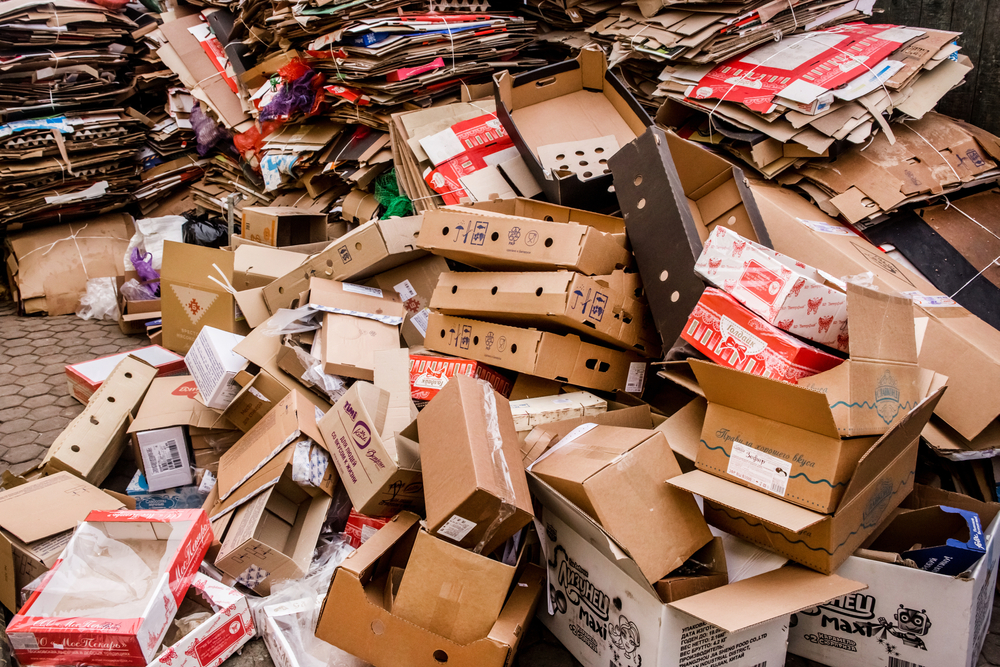One of the most alarming effects of climate change is the toll it takes on global biodiversity. While these impacts are only expected to exacerbate over time if we don’t act with urgency, some natural parts of the world are already feeling the sting of global warming.
Among these places is India’s Western Ghats mountain range, where about 90 percent of the area’s forests have disappeared as a result of deforestation and climate change. Luckily, an all-female rainforest team is determined to protect the area’s remaining enclaves of biodiversity.
Listed as a Unesco World Heritage Area, the region is home to over 325 globally threatened flora and fauna species. With that said, at Gurukula Botanical Sanctuary, a group of 27 women is working to preserve the endangered plant species keeping the regional ecosystem in balance.
“We are trying to salvage what is possible. It is like a refugee camp or a hospital,” Suprabha Seshan, one of the curators at the reserve, tells euronews. “The intensive care unit is in the pots and then when you take them out that’s like the general ward where they get other forms of primary health care.”
The plant sanctuary has been protecting endangered flora species for about 50 years. Since it was established, three generations of ‘rainforests gardeners’ — women from surrounding villages — have worked with botanists to help keep the rainforest’s ecosystem in balance.
Equipped with big boots to protect against cobras, the women spend a lot of time in the forest, the sanctuary’s greenhouses and the nursery, caring for the plants. When they find a suffering plant, they replant it, feed it compost and make a natural pesticide from cow urine. We have between 30 and 40 percent of the Western Ghats flora under conservation here,” says Seshan.
By fighting off bloodsucking leeches and dangerous cobras, the rainforest gardeners care for a variety of endangered ferns, flowers, and herbs that grow in the area. There are many plant species in the Western Ghats that are vulnerable to rising temperatures, unpredictable rainfall patterns, and the loss of habitat. “The more the climate changes, the more their reproductive life strategies have to change to adapt,” says Seshan.












